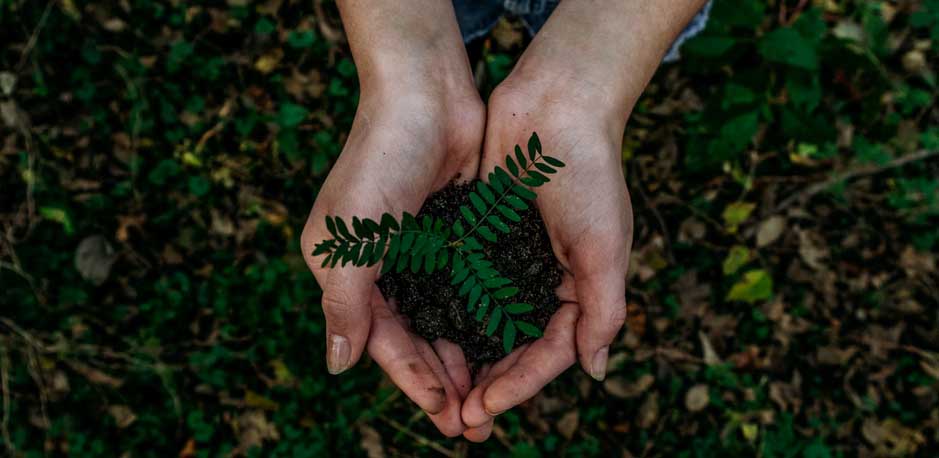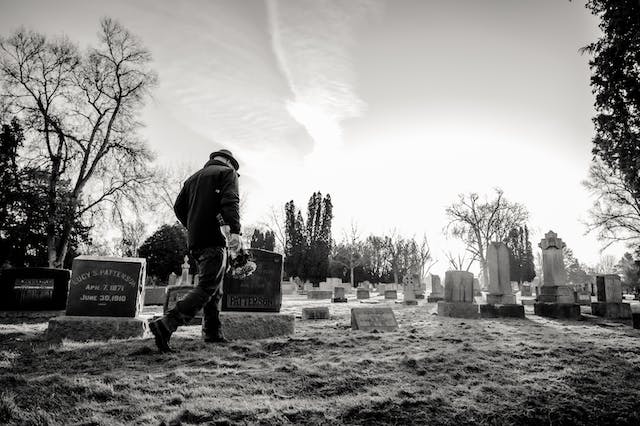It’s an ancient and storied practice, but it’s not as simple as most might think. Cremation is a science, and a booming one, at that. Since 1975, the rate of cremation in the US has increased over fifty percent, making up more than half of all funerals, according to the Statista Research Department. Cremation services in Baltimore, MD are just one of the myriad options available. Despite trends proving people are becoming more and more prone to pick cremation with every passing year, most of us couldn’t tell the difference between remains and “cremains”. Not to worry, we’ll keep your feet out of the fire with these three fascinating cremation facts.
It’s Young…In the US
Cremation is an ancient funeral practice, dating back at least 17,000 years in the archeological record – but it’s still new to America. The first recorded funeral house in the US, titled Bucktrout of Williamsburg, was established in 1759 in Williamsburg, VA by Benjamin Bucktrout. Originally
a cabinetmaker, kind old Ben took it upon himself to build wooden caskets for dead neighbors and friends and offer to bury them on the Bucktrout farm. It would take over a century for the country’s first dedicated crematory, known as the Lemoyne Crematory, to be built in 1876 near Washington, Pennsylvania.
With a Fine-Toothed Comb
Cremation isn’t as simple as some might suppose. There’s a lot of steps to complete to prepare the deceased to enter the cremation chamber. One very important step is to check the decedent’s records for any type of medical devices that may have been implanted, like pacemakers, and remove them. Why? For pacemakers specifically, the lithium batteries inside them will explode, causing damage to the facility and potentially any operators nearby. Anything not unstable and deemed able to withstand the temperature of the cremation chamber, such as titanium implants, are left within the deceased until after the incineration process is completed. Any metal items that survived, including pins, screws, and dental implants, are collected with magnets and disposed of at that point.
Those Aren’t Ashes
According to the Cremation Association of North America, cremation is defined as, “…the mechanical, thermal, or other dissolution process that reduces human remains to bone fragments.” Notice it didn’t mention anything about ash? That’s because the fine, powdery remains of the deceased that funeral directors pass along to the surviving kin is actually bone powder. In fact, ash couldn’t survive the extreme temperatures needed to perform a modern industrial cremation – it would simply burn away with the rest. The surviving bone fragments are collected and run through a processing machine and the results are the “cremains”, or processed bone fragment powder.

Cremation is becoming an ever more popular option for people post-mortem, especially within the US. As with any surging trend, it’s important to stay informed. Hopefully this article helped pique your curiosity with some entertaining facts, but we recommend talking to the experts like those who provide cremation services for more information.
You can learn more about cremation services in Baltimore, MD. Talk to us at Hari P. Close Funeral Service, P.A. to schedule a consultation and learn about cremation services/funeral home services. Visit our office in Baltimore or call our location.







